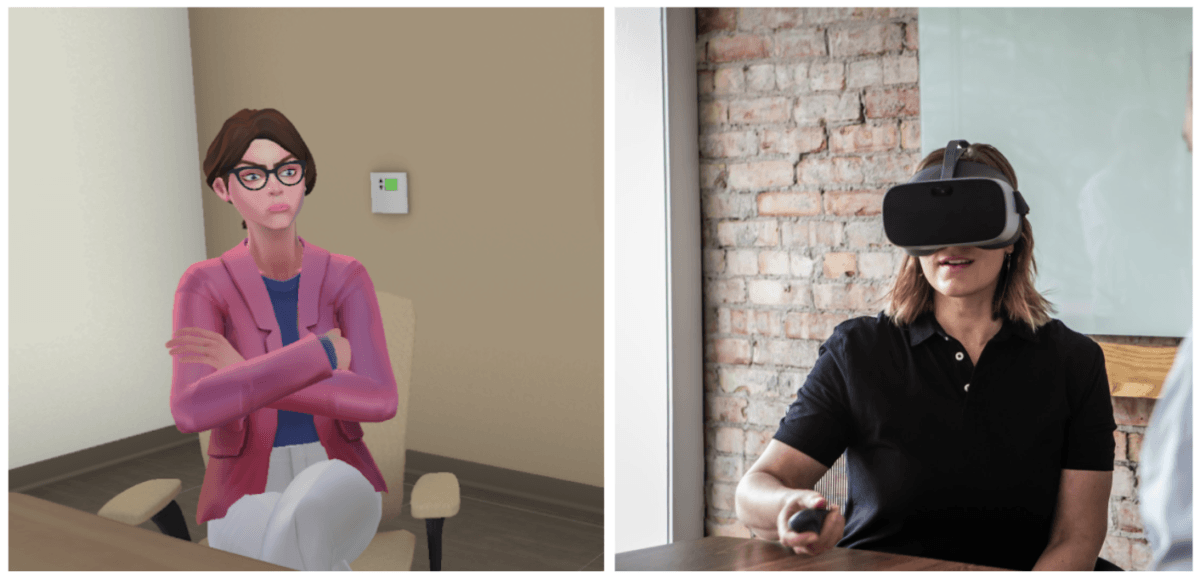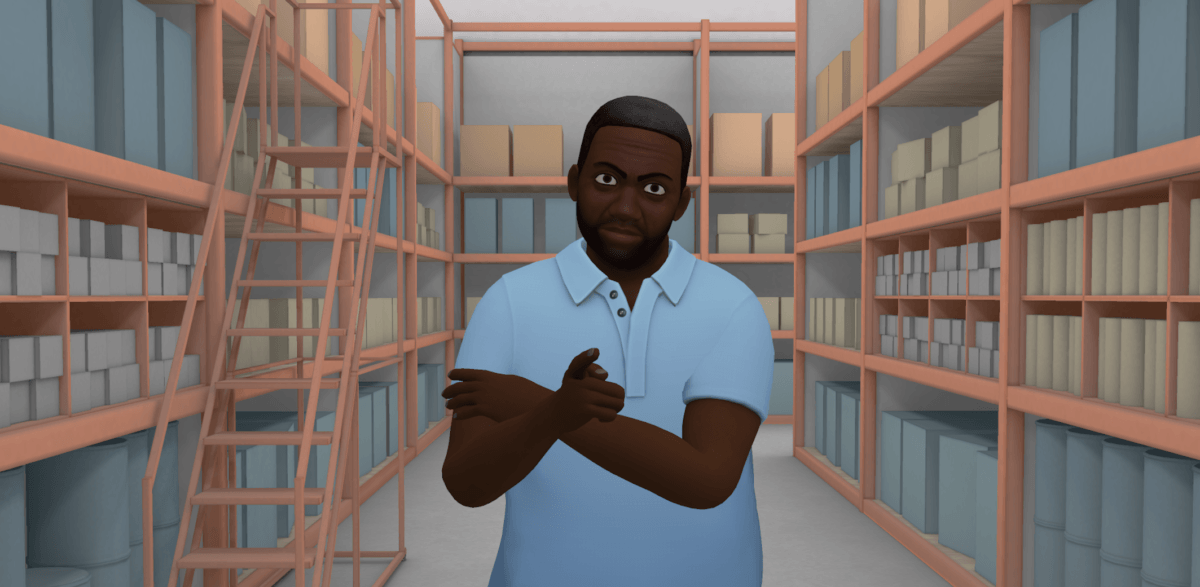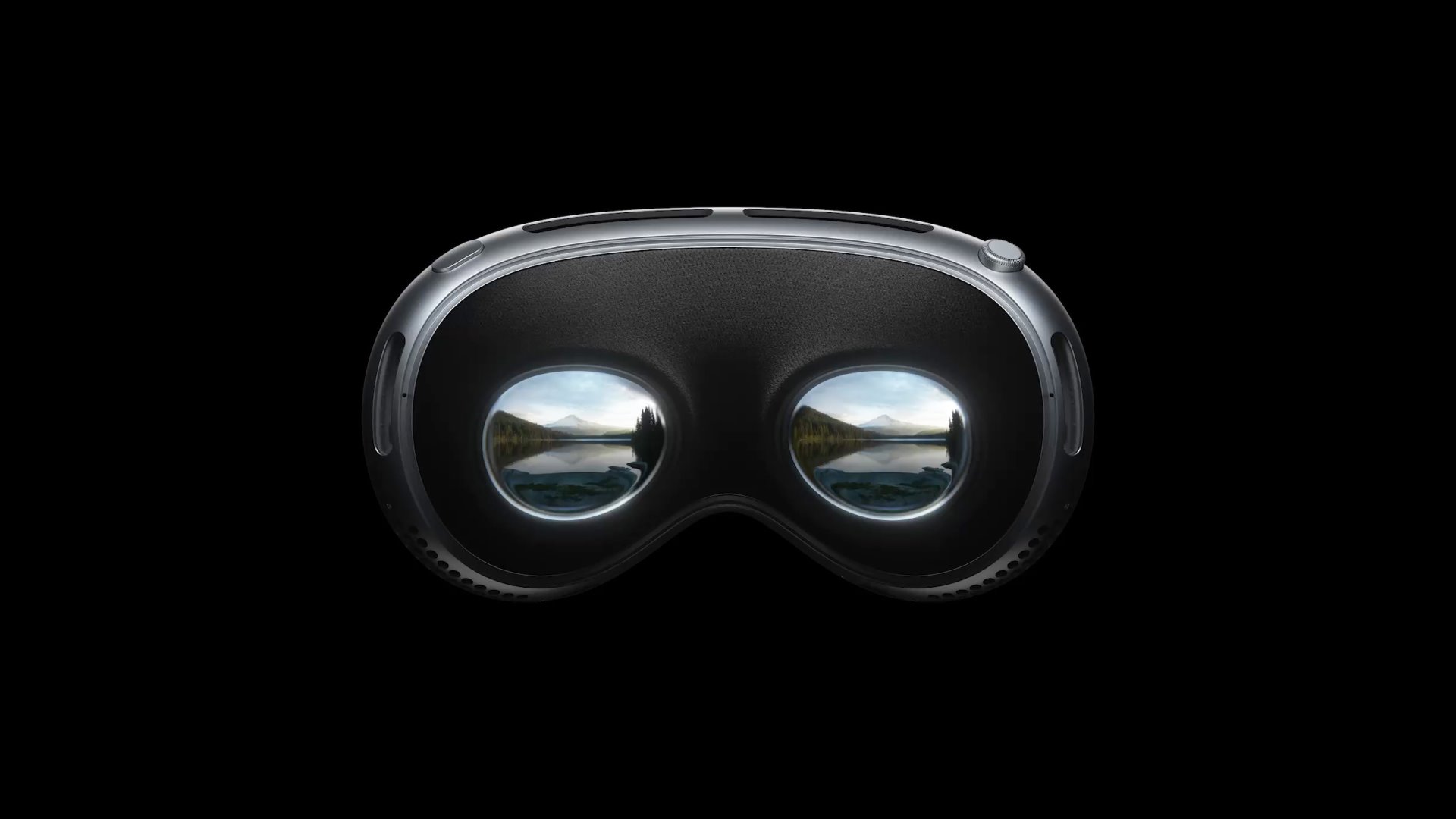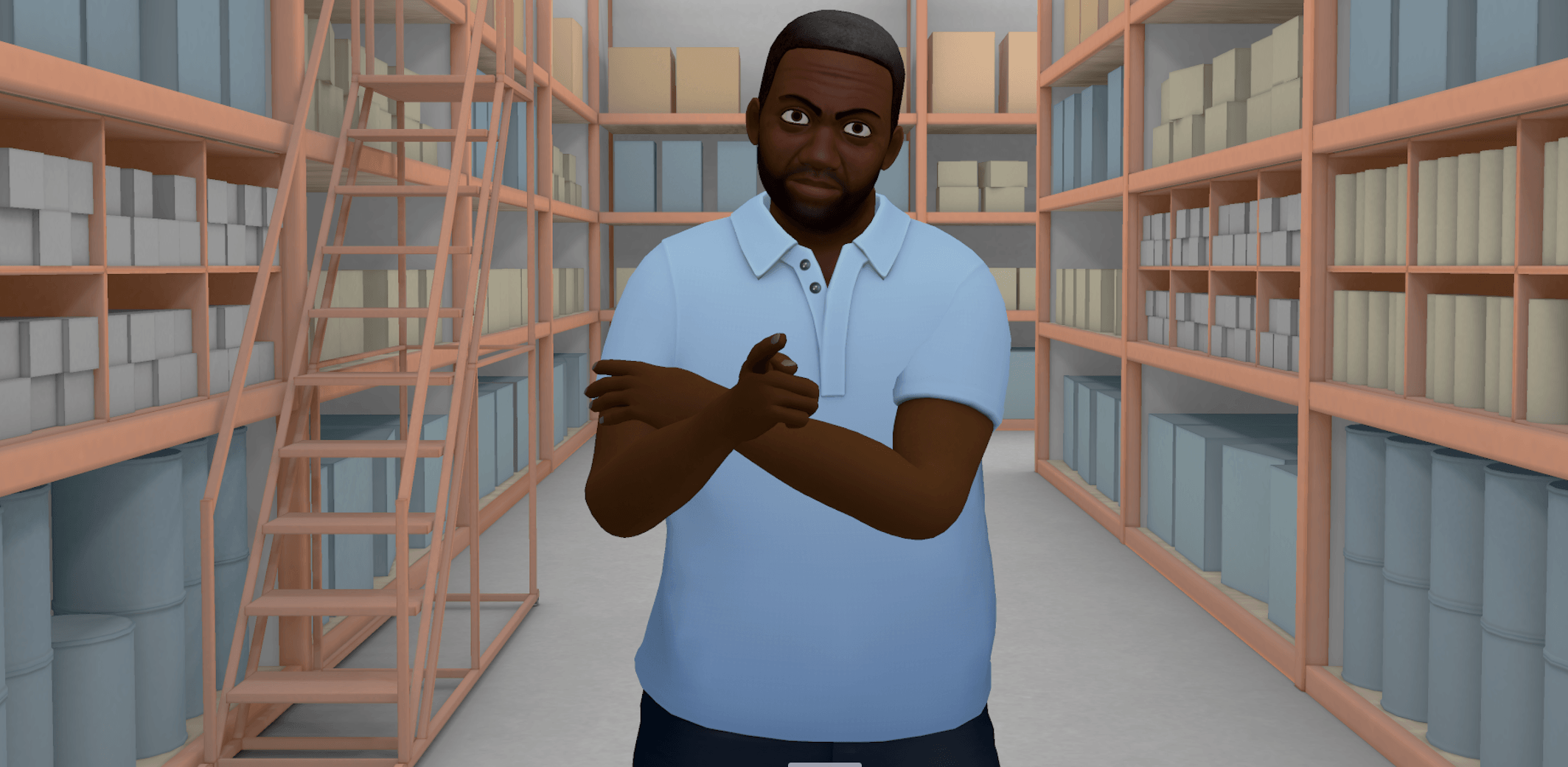The first time employees practice handling a difficult conversation is often when they’re having it. Learning to manage difficult conversations is a process of trial and error, often at the expense of damaging interactions. Whether it’s between two employees or a manager and their subordinate, workplace conflict is unfortunately all too common.
It’s always been a paradox for employers to coach employees on difficult conversations, but emerging technologies are changing this. With Virtual Reality as a training tool you can teach employees the skills they need before they come face to face with an angry customer or disenfranchised employee.
This type of training, called Immersive Learning, allows employees to skillfully practice difficult conversations before they happen in a real-world environment.
So how to prepare all your managers and employees to bettermanage difficult conversations without creating cultural conflict and customer attrition? There’s a scalable and effective way to impart difficult conversations training, and that way is virtual reality (VR).
Difficult conversations training, the VR way
Whether it’s de-escalating an angry customer or coaching a direct report, it’s hard to prepare an employee in advance for workplace conflict. Role-playing, computer-based training, and even practice in a mirror can’t compare to the heightened emotion of a difficult conversation in real life, and it’s that emotion that makes workplace conflict so hard to handle in the moment.
To better prepare for difficult conversations with co-workers and customers, your employees need real practice. Yet, it’s always been a paradox for employers to provide employees with realistic difficult conversations training,
Emerging technologies are changing this. With VR as a training tool, you can teach employees the skills they need to handle workplace conflict before they come face to face with an angry customer or disenfranchised employee. This type of training, called Immersive Learning, allows employees to skillfully practice difficult conversations virtually before they happen in a real-world environment.
Learning to handle difficult conversations virtually
People learn by doing… getting feedback on mistakes, and then repeating and iterating.
Jeremy Bailenson, Founding Director, Stanford Virtual Human Interaction Lab
Immersive Learning grants a sensation of “presence” to the learner in two valuable ways:
- Environmental presence: When you put on a headset, you feel present in the environment — like you’re really there.
- Social presence: Being in a virtual environment with a 3D, lifesize, interactive character gives you a sense of what that person is thinking, feeling, and conveying.

Full immersion into the experience gives learners the opportunity to practice with presence. The brain treats the experience as if it were real life — giving the learner the mental, emotional, and physical reps they need to learn and improve.
Translate this to difficult conversations training: by practicing difficult conversations virtually, employees learn to master the emotional elements of the experience and stay calmer in a real situation.
Helping employees hone the soft skills to prepare for difficult conversations
| Employee to customer | Employee to employee | Manager to employee |
| De-escalationSensitive conversations | Inclusive conversationsGiving feedback | CoachingRestructuring |
Soft skills are essential for virtually any kind of interaction between two people. In a customer-facing business, being sensitive to the customer’s situation is important — in other words, empathy. Empathy is a huge topic in the L&D world, and plenty of research demonstrates its importance.
VR difficult conversations training can help employees practice finding the right words in the moment — and how to say them — so they better handle real customer interactions.
VR is also an effective training tool for teaching employees how to conduct themselves with other employees, including manager-to-employee conversations. Managers have to be comfortable resolving workplace conflicts, coaching employees through challenges, and communicating bad news to the team.
Measuring the effectiveness of difficult conversations training
Empathy is a huge topic in the L&D world, and plenty of research demonstrates its importance. Virtual Reality is not just the closest we can get to real-world practice at empathy. In certain ways, it’s actually better.
Immersive Learning is not just the Virtual Reality experience itself but the ability to gather data on that experience that helps give feedback to the learner and provide workforce insights to the business.
Soft skills like empathy have traditionally been hard to measure within training models. With VR-based difficult conversations training, you can actually measure employees’ capabilities across a number of soft skills that ultimately influence empathy.
Because the learner is speaking out loud during the training, the headset captures data about the decisions the learner makes — what they say, how they say it, and what sort of body language they use.
For example, in one customer service training module, the company protocol is to require associates to use the customer’s name at least three times during a conversation. Through verbal analytics, we can identify when and how the customer’s name was used to measure the employee’s performance.
Immersive Learning can also employ methods like reciprocity analysis on tone of voice and eye and head tracking to gauge active listening and communication.
These are just a few ways that Immersive Learning produces quantifiable metrics that can influence empathy and how learners will perform in front of real customers.
What learners experience with VR as a training tool for difficult conversations training
When practicing difficult conversations virtually, learners are fully immersed in a virtual world. They have the opportunity to practice conversations in a realistic setting using their words, head movement, and body language.
Consider yourself the learner:
You put on the Virtual Reality headset and find yourself interacting with a virtual employee.

His arms are crossed over his chest in an unfriendly way. He’s not smiling. He’s clearly unhappy. And he’s one of your strongest employees.
He speaks first: “Either she goes, or I go.”
How do you respond?
You’re asked to verbally coach the employee through the challenging situation. There may be prompts to guide you along the way, depending on the scenario. The Immersive Learning platform records your responses, then gives you the chance to switch places with the virtual employee and observe your own words and behavior.
As a training tool for practicing difficult conversations virtually, VR provides a valuable opportunity for learners to watch their own performance in a challenging situation and self-assess, looking for opportunities for improvement.
Stronger training with VR difficult conversations training
One of the best examples of VR for difficult conversations training comes from Verizon, which used Immersive Learning to train call center employees for phone conversations with angry customers. A full 96% of employees that went through the Immersive Learning training came away feeling much more confident and better able to picture a customer on the other end of the line (empathy).
“As they went back to work and we tracked their progress through supervisors, we found that employees were much more confident because they were more aware of how they were handling the customers.”
Cleo Scott, Director of Global L&D, Verizon
Watch on-demand webinar with Cleo from Verizon on VR-based empathy training
Immersive Learning also creates consistency in the way difficult conversations training is handled across large companies like Verizon, because it’s scalable and standardized. Most importantly, it’s effective, creating stronger communicators who are better at handling the workplace conflict.
For a deeper dive into using VR as a training tool, watch the on-demand webinar, Why employees handle difficult conversations better with VR Training, or read the ebook Building soft skills in the workplace with Immersive Learning.





